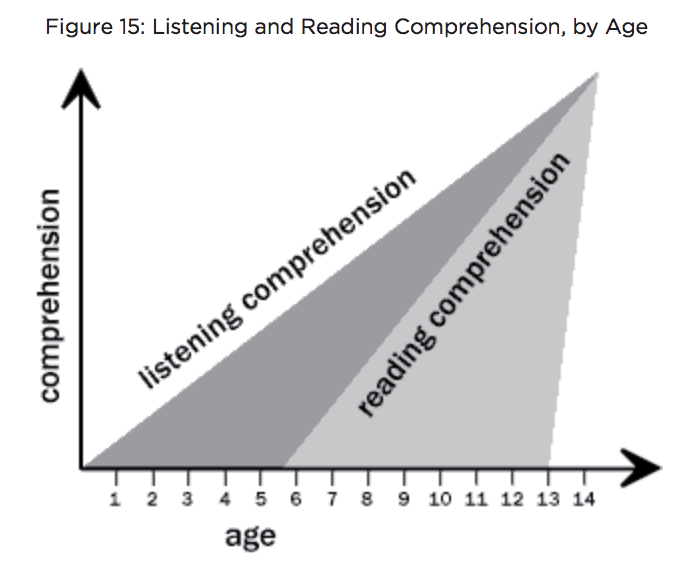Real-world relevancy
Sitting on the plane a couple of years ago, while pretending to read my book, I was really eavesdropping on the conversation between fellow passengers sitting beside me (You, for sure, have never done that). During the course of the conversation one gentleman revealed that he was one of the “bigwigs” at Cisco Systems. His buddy asked him the following question: “What qualities and experience do you look for in new hires?” Waiting with bated breath, I expected him to say a college degree, or at least something related to education and schooling. Without hesitation, he said, “I look for 3 things in my new employees: the ability to work well in a team, be a creative thinker, and solve problems.” Wait!! What about school?
“Okay” you say, “easier said than done! How do we accomplish teaching collaboration, listening and speaking skills when we have so much content to teach in our pacing guides?” you ask. “What about the content standards and state assessments? How can I help my students succeed in attaining these 3 qualities?”
The proof: Systematic and purposeful oral language development builds comprehension
As you and I both know, if our students are engaged in the academic content or topic, they will learn. Successful employment as adults can result if children can work successfully in teams, solve problems and arrive at creative solutions with efficiency and purpose (think Cisco Bigwig). Teachers will attest that this is true in their classrooms as well. These personal observations are supported by meta-analysis and research. Offering meaningful oral language opportunities to practice academic vocabulary provides the key to unlock reading comprehension and proficiency in writing. This graph from Appendix A of the Common Core Standards (page 26) provides the proof of what we all know: students need to closely listen and speak to each other about what they are learning in order to demonstrate comprehension and learning. It is critical to teach these skills throughout the grade levels, especially our English Language Learners. In reality, we are all academic English Language Learners.

“A meta-analysis by Sticht and James (1984) indicates that the importance of oral language extends well beyond the earliest grades. …..Sticht and James found evidence strongly suggesting that children’s listening comprehension outpaces reading comprehension until the middle school years (grades 6–8)”. (CCSS Appendix A page 26)
Steps to building oral language proficiency
During my 33 years in the classroom, I have utilized 5 successful protocols that can be used consistently in your classroom across all content areas. Explicitly teaching these protocols to your students, and combining them together with consistent use, will encourage, nurture, and foster the oral language development that lays the foundation for academic discussions and proficient writing. For step by step directions, download the free E-book: 5 Key Strategies for High Student Engagement and Accountable Talk
Teach one protocol a week around topics that are interesting to students, and after they can successfully move, discuss and listen with high-interest conversations, begin to use the protocols with academic language in English Language Arts, Mathematics, Science, and Social Studies.
If you want a real lesson plan example of how these protocols incorporate into teaching content, join the Daybreak Community and download a free lesson example for grades K-5th grades.
The Bottom-Line
Proficiency in collaborative skills, creative thinking, and problem-solving are transferable life skills that can result in successful lives and careers. Let’s remember that as educators we have the ability to engage students systemically in productive and purposeful discussions which will result in improved comprehension, and proficient writers. As facilitators of learning, our classrooms can be places where “real-world” communication and critical thinking skills are nurtured and improved on a daily basis.
